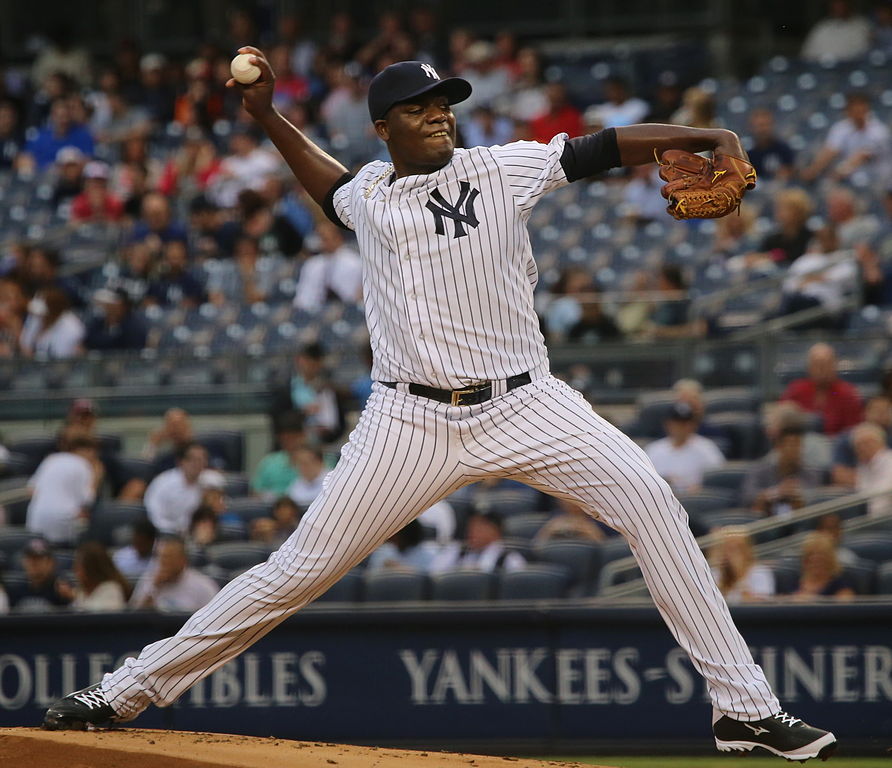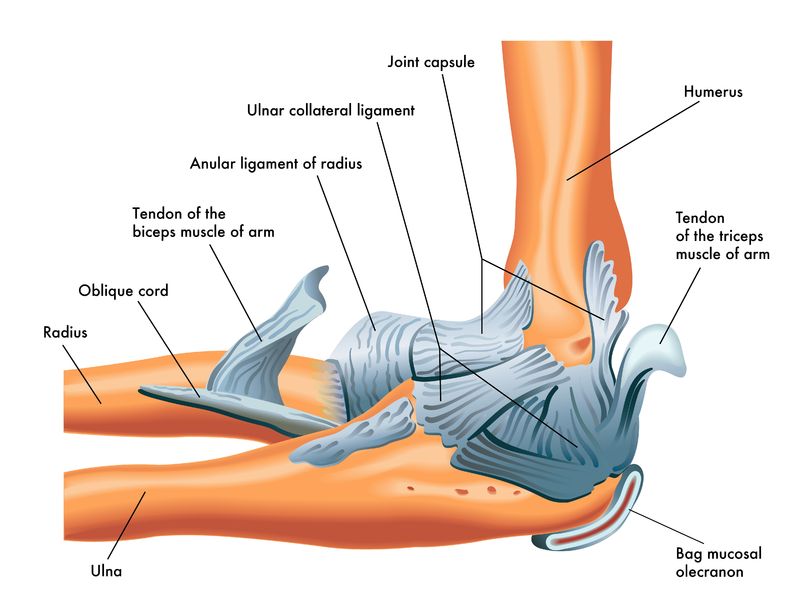Tommy John Surgery: Myths Vs. Facts

In recent news, we learned that Yankee’s pitcher Michael Pineda is scheduled to undergo Tommy John surgery to reconstruct his ulnar collateral ligament. This procedure has become increasingly well known to the general public because of the reports of improving pitching velocity and restoration of player’s career’s who have undergone this procedure. Coupled with the epidemic of elbow issues in younger adolescent throwers, this procedure and this injury has gained a lot of publicity, but is also fraught with may misconceptions. We hope to clarify some of these for our patients.
Majority of ulnar collateral ligament (UCL) injuries occur from attritional rupture of the ligament. That means that the ligament typically doesn’t snap with one particular throw (even though some perceive it to occur this way). It typically becomes gradually weaker and stretches out over time and repetitive use. This means that preventative measures go a long way in preventing development of this injury.
Preventative measures that have been shown to diminish risk include the implementation of pitch counts, refining pitching mechanics, appropriate rest between pitching outings, and mandatory rest periods during the off season. Adolescents who play other positions (especially catcher) when they are not pitching are at increased risk of injury as well.
For the majority of patients with an UCL injury, a period of complete rest with gradual re-introduction of throwing after an evaluation of throwing mechanics is typically all that is needed to manage the injury. Rest, coupled with appropriate nutrition and rehabilitation, can promote healing of most tears. It is important that athletes are open in communicating with their coaches and trainers so that injuries can be evaluated and any significant tears can be managed before it progresses to the point that surgery may be required.
Other than pain at the medial elbow, other signs include a drop in pitching velocity, decreased pitching accuracy, and a worsening of pitching mechanics. All of these are signs of fatigue which may indicate the presence of and injury or increased risk of developing an injury. Despite what some may believe, performance enhancing drugs (PEDs) do not lessen the risk for this injury and may actually increase the risk for injury. PEDs strengthen muscles but do not strengthen ligaments. This can create an imbalance in the forces around the elbow such that the stress that the muscles create can overcome the native strength of the ligament resulting in a tear.
Tommy John surgery (ulnar collateral ligament reconstruction) is typically only indicated for a select few patients. Mostly, this procedure is reserved for the highest level throwing athletes (i.e. professional baseball players or players with realistic professional potential). The ulnar collateral ligament is usually only stressed with high levels of activity. Therefore, patients with ulnar collateral injuries are unlikely to notice any functional deficit with normal day to day activities. Even switching from pitching to a position which involves less throwing is enough to relieve many player’s symptoms.
Tommy John surgery is not without risk and involves a prolonged period of recovery. Recovery from the procedure is typically about a year or more. While the majority of surgeries in experts’ hands are performed successfully, there are reports of post-operative stiffness, nerve injuries, and fracture through tunnels where the new ligament is placed. Additionally, studies suggest that 10-20% of patients are unable to return to their sport. Because of these risks, it is important that all conservative treatment options have been exhausted and that the surgery is performed only when absolutely indicated. If rest is not sufficient, occasionally injections such as platelet rich plasma may be considered prior to surgery.
– Dr. Kevin Ko
Shoulder and Elbow Specialist
To learn more about Dr. Ko and his practice, click here.
To schedule an appointment, please click here.
Or visit his website at www.seattlejointsurgeons.com

